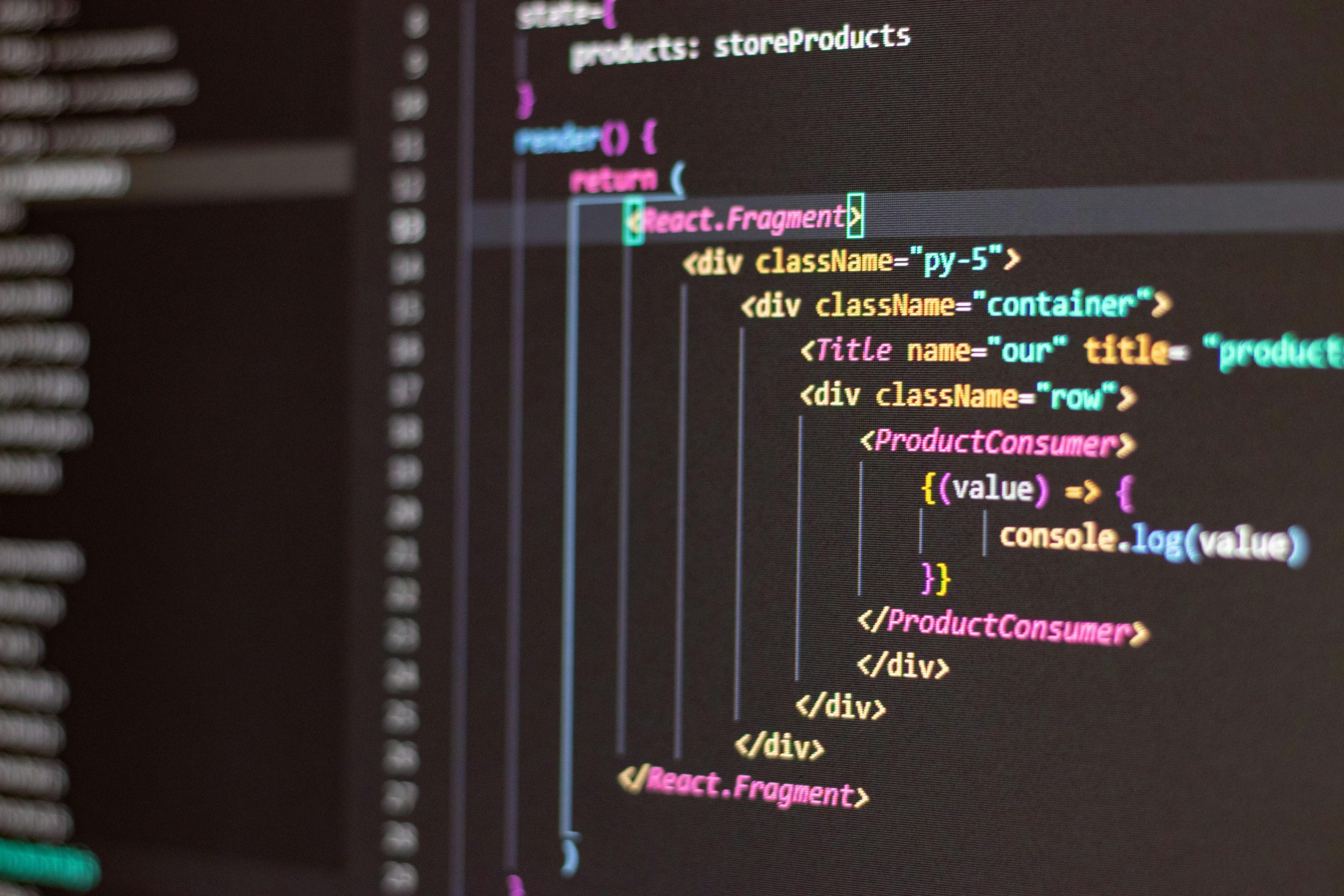Category: Search Engine Optimisation
The optimization of your website for clarity, order and relevance to appease the deities of online information.
-
What does artificial intelligence (AI) refer to?

Artificial intelligence (AI) is a branch of computer science that aims to create systems capable of performing tasks that normally require human intelligence. These tasks include learning from experience, reasoning and problem-solving, understanding natural language, recognizing patterns, and making decisions. AI can be categorized into two main types: narrow AI and general AI. Narrow AI,…
-
‘I’ve updated my open source dashboard. Do you think it has improved or not?’

To evaluate whether your redesigned open-source dashboard is better or worse, consider the following factors: User Experience (UX): Assess if the redesign has enhanced the overall user experience by making it more intuitive, visually appealing, and easier to navigate. Seek feedback from users regarding usability improvements. Functionality: Review whether the dashboard maintains or expands its…
-
Is a dress code in Corporate IT still relevant today?

The relevance of a dress code in Corporate IT is a multifaceted issue that reflects broader changes in work culture and technological advancements. Over the past few decades, the rigid, formal dress codes that once defined corporate environments have loosened considerably, particularly in the tech sector. This shift can be attributed to several factors: Cultural…
-
What Is Artificial Intelligence (AI) and How Can We Describe It?

Artificial intelligence (AI) refers to the simulation of human intelligence processes by computer systems. These processes include learning (the acquisition of information and rules for using it), reasoning (the ability to use rules to reach approximate or definite conclusions), and self-correction. AI can be categorized into two main types: narrow AI, which is designed to…
-
“Is my landing page design cluttered with too many icons?”

When evaluating the number of icons on your landing page, it’s important to consider both functionality and aesthetic balance. Too many icons can lead to a chaotic appearance, distracting users from the main content and call-to-action elements. To assess if the icons are excessive: Purpose and Clarity: Each icon should have a clear purpose and…
-
How can QR code URLs and SKUs on product tags or labels be made future-ready?

To make QR code URLs and SKUs on product tags or labels future-ready, it’s crucial to implement strategies that account for technological advancements, changes in business operations, and consumer behaviors. Here are several approaches: Use Dynamic QR Codes: Unlike static QR codes, dynamic QR codes allow you to change the destination URL without altering the…
-
How do we define artificial intelligence (AI)?

Artificial intelligence (AI) refers to the simulation of human-like intelligence processes by computer systems. These processes include learning (the ability to acquire information and rules for using it), reasoning (the capacity to solve problems logically), and self-correction. AI can manifest in various forms, such as machine learning, where algorithms improve from experience, and natural language…
-
Is anyone else experiencing this issue with AWWWARDS?

If you’re facing problems with the AWWWARDS platform, it’s possible that others might be experiencing similar issues. Common problems may include website downtime, access difficulties, or specific functionality not working correctly. Here are some steps you can take to verify and potentially resolve the problem: Check the Status: Visit websites like DownDetector or IsItDownRightNow to…
-
What topics should be included in university web development courses?

When designing a curriculum for web development classes at the university level, it’s crucial to provide a comprehensive education that equips students with both foundational knowledge and practical skills. Here’s a detailed list of what should be included: HTML/CSS Fundamentals: Begin with the basics of Building Block languages, HTML for structure and semantics, and CSS…
